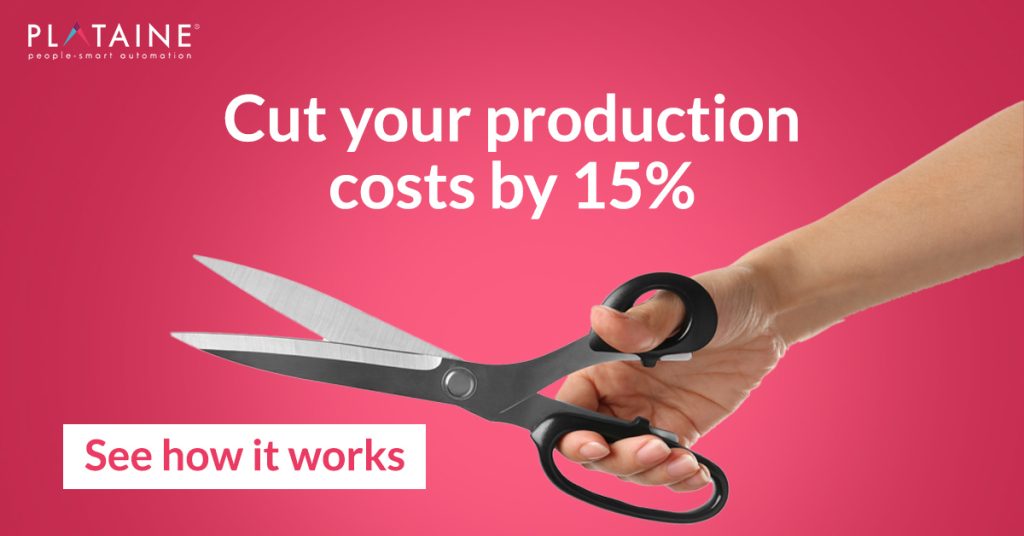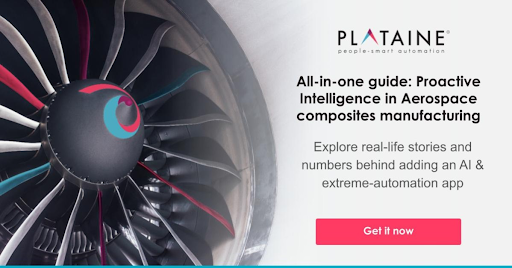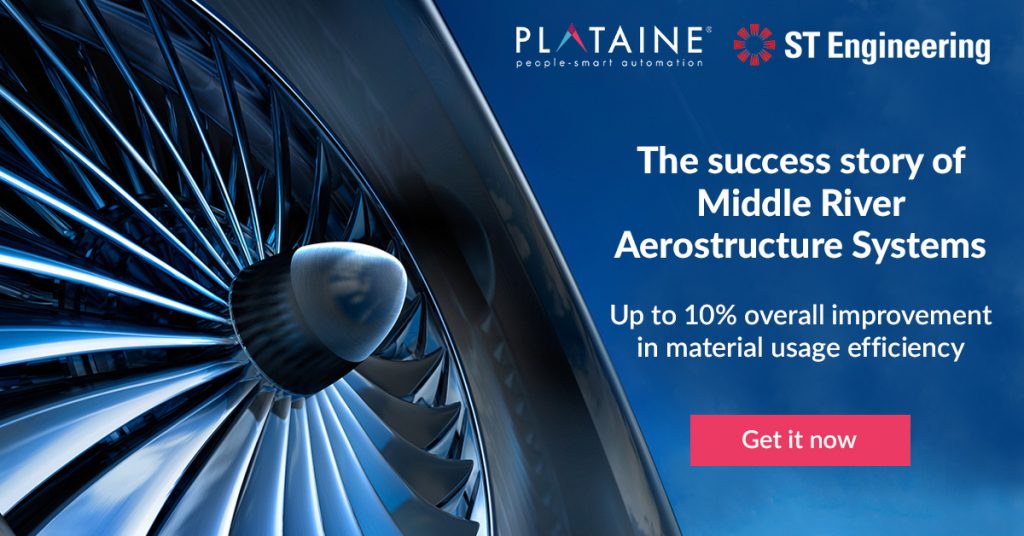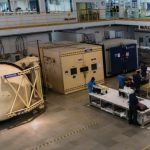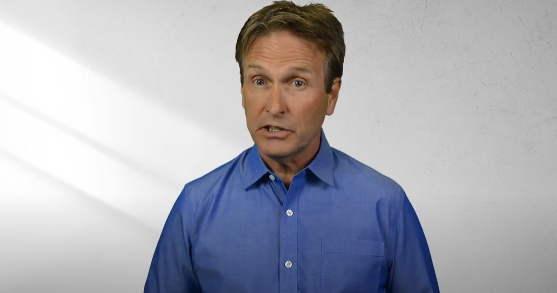Glossary
What is Total Productive Maintenance (TPM)
Total Productive Maintenance is a management strategy towards equipment maintenance that strives to include the entire production workforce in maintenance efforts, moving beyond the traditional maintenance team.
This preventative approach to Maintenance is a proactive way of maximizing the operational efficiency of equipment in any organization. The shared responsibility towards machinery empowers workers to be more vigilant and responsible, helping to achieve maximum production.
In a Total Productive Maintenance program, equipment will likely enhance productivity due to fewer breakdowns, stoppages, defects, and slow operations.
Unplanned downtime can cause manufacturers a loss of as much as $50 billion annually, according to a report. Equipment failure is the primary reason for this downtime. If manufacturers can cut down on downtime by being proactive, they can save thousands of dollars each year.
Benefits of TPM
The following are the benefits that can be achieved through TPM:
Less downtime and unplanned Maintenance
Traditionally, employees were taught to respond and react to equipment maintenance only when they went into failure. This technique implied making the problem big before getting down to its solution. In TPM, employees look for equipment changes and spot any anomalies beforehand.
Planning and scheduling maintenance tasks proactively in TPM allows for a drastic reduction in unplanned Maintenance and downtimes. The employees are encouraged to take ownership of their equipment, handling routine maintenance tasks and cleaning.
Workers take care of their tools and keep them in excellent condition to prolong their life and use.
Enhanced productivity
In a TPM regime, your equipment and machinery will have fewer downtimes and more uptimes. This regime implies that you can streamline your production line for maximum productivity. Consistent production guarantees a compatible quality product and a more incredible delivery speed.
Even though TPM strives for a smooth and perfect production level, the equipment can face unexpected bottlenecks. TPM ensures the entire production staff is focused on smaller ones so that the maintenance team can focus on the bigger ones.
Improves employee satisfaction
Employees feel more confident and motivated toward their work when they are given ownership and empowerment. TPM grants them such privilege and allows them to be their own leader. They are their own quality inspectors who will strive to keep their steads in the best condition possible.
Such a holistic approach allows innovation to flourish as knowledge sharing occurs across departments regarding Maintenance and upkeep.
Provides greater worker safety
Moreover, TPM teaches a primary 5S organization method for its workplaces. Sort, set, shine, standardize, and sustain teaches employees to keep their workplaces in order. As a result, employees can enjoy increased worker safety.
Due to a streamlined worker environment, there are fewer chances of accidents and minimized safety risks.
Total Predictive Maintenance Pillars
TPM boasts efficiency, productivity, and worker safety. Following are the 8 TPM pillars:
- Autonomous Maintenance
This pillar of TPM stresses that the primary equipment user should hold responsibility for the primary upkeep of the equipment they are operating on. Continuous monitoring and adjustment and regular maintenance tasks ensure that the machinery faces less downtime and operating costs.
- Planned Maintenance
Over time, organizations can predict failure rates and the intervals with which any certain machinery faces downtime. With this information, organizations schedule Productive Maintenance for machinery and equipment. Operators and team leaders together share this responsibility alike.
- Quality Maintenance
This pillar of TPM strives to understand and control the processes and their interactions between machines, methods, materials, and manpower. Maintaining equipment ensures that quality maintains itself by producing a consistent output. Root cause analysis and similar error detection processes minimize product quality defects.
- Early Equipment Management (EEM)
Early Equipment Management, or EEM, improves the shop floor using designing equipment and machinery in a Maintenance friendly manner. The knowledge gained through operating the current machinery paves the way for ideas to integrate within the design of new machinery such that their Maintenance is easier.
- Training & education
Training and education encourage continuous improvements in process equipment, machinery, and even personnel. Operators learn new skills that help them identify problems and maintain equipment. In such a case, personnel also share maintenance techniques, and managers learn skills and techniques that enlighten them on TPM.
- Safety, Health, and Environment (SHE)
The next pillar of TPM stresses the importance of safety and health in a working environment. Making health and safety a priority ensures positivity in the workplace. It largely contributes to the success of a TPM environment. Planned and productive Maintenance guarantees this sort of workplace and minimizes mishaps and accidents in the workplace.
- Focused improvement
The focused improvement involves having small groups of employees join together and work to brainstorm improvements needed in equipment and operation. Cross-functional teams work towards identifying and resolving problems within the equipment. Also, a recurring wheel of continuous improvement starts, contributing to the TPM process.
- TPM in administration
This pillar of TPM focuses on gathering and prioritizing data from all the other pillars and improving them based on TPM. Furthermore, these TPM techniques are extended to all the administrative functions to ensure that it supports other production processes as well.
The TPM methodology is a holistic and proactive method of reaching optimal performance levels in a manufacturing environment. Implementing this philosophy will ensure long-term success in any organization.
If you’re a manufacturing firm looking for ways to revamp your maintenance game, our experts at Plataine can help you with our solutions. Contact us now.
Learn more
Proactive Intelligence In Manufacturing

